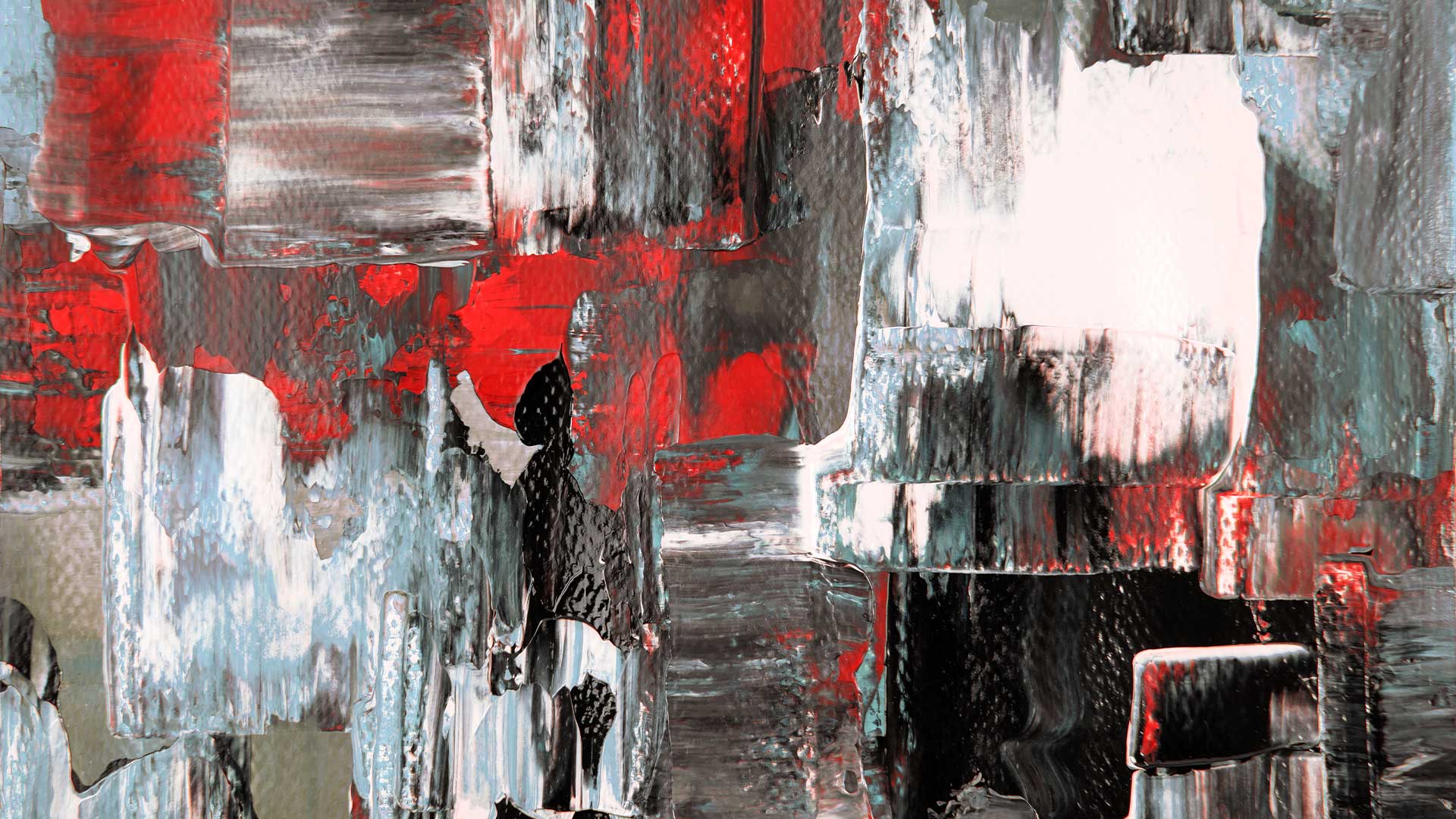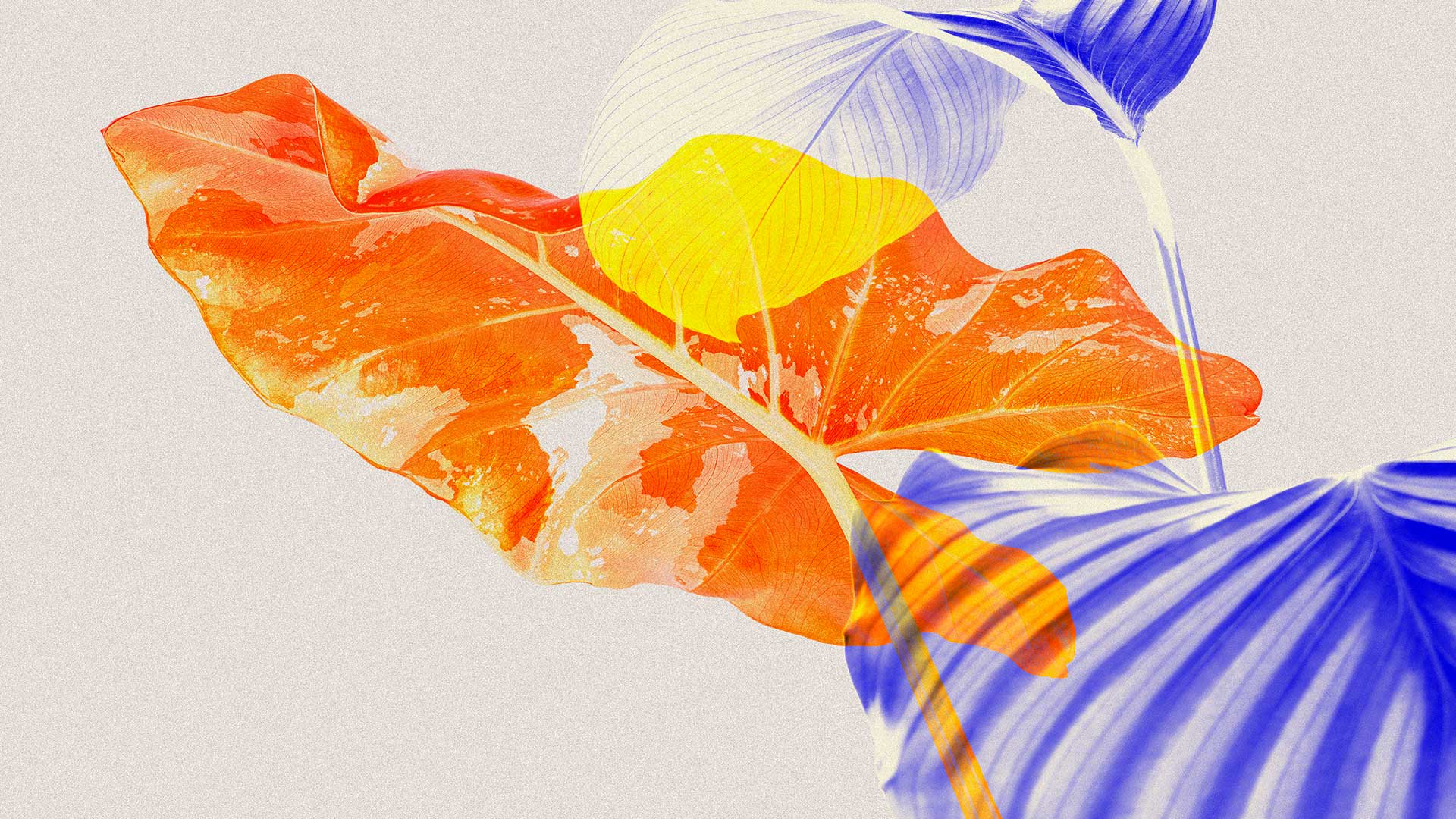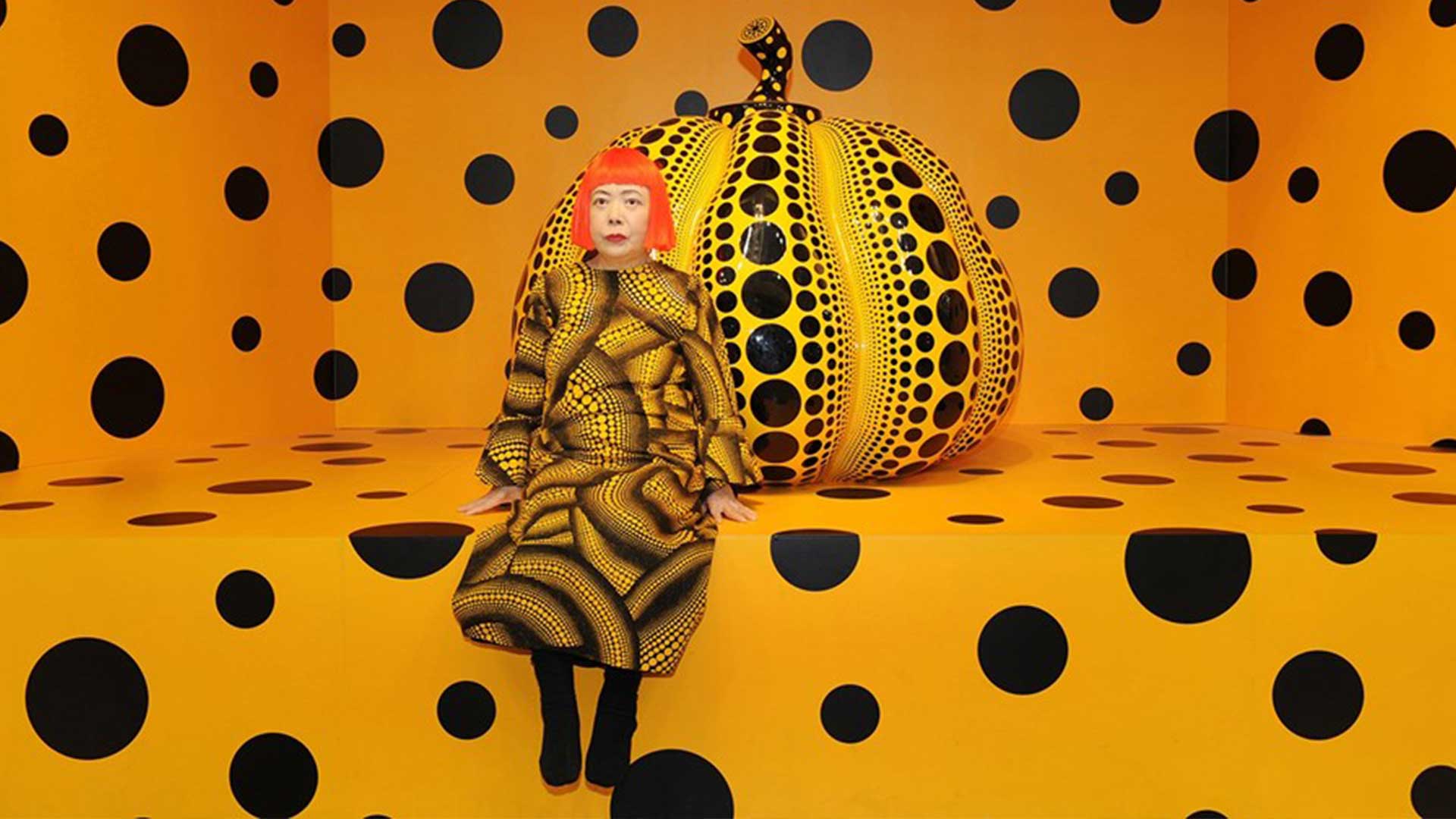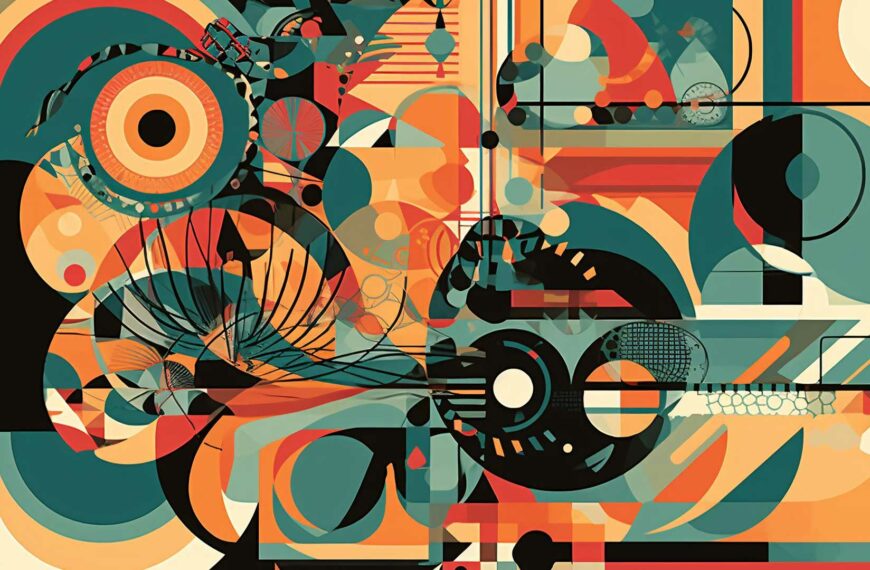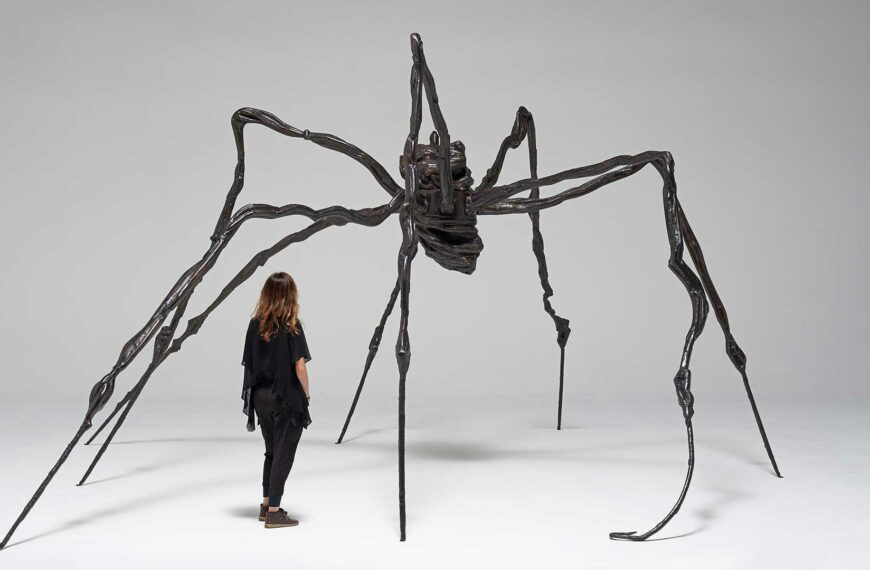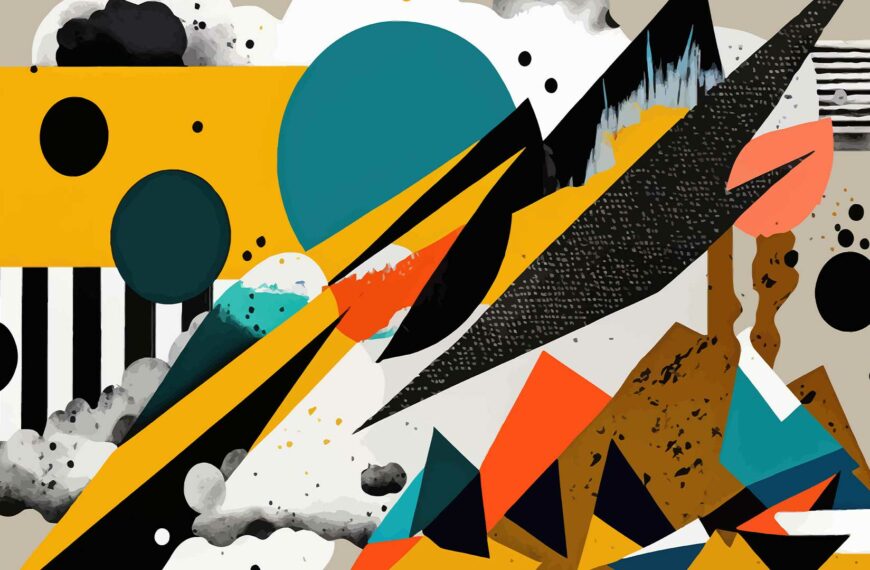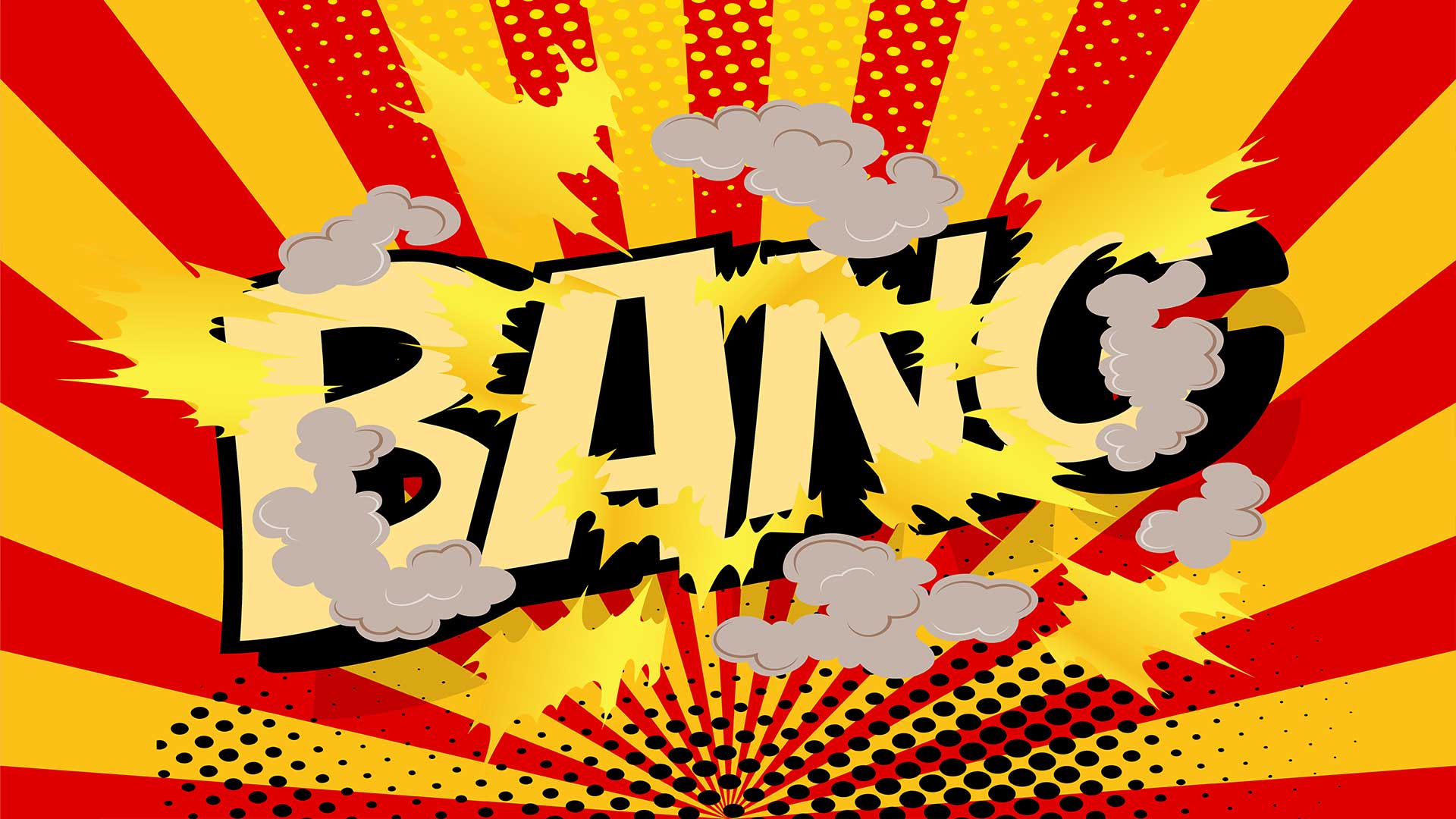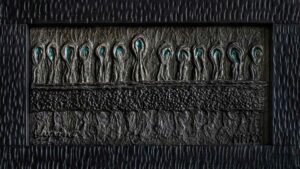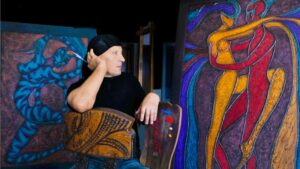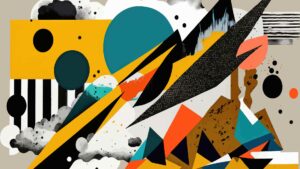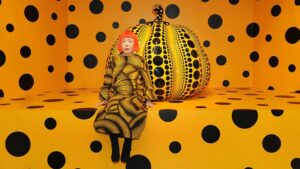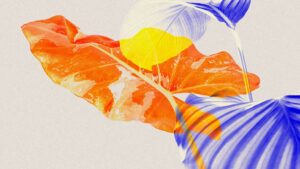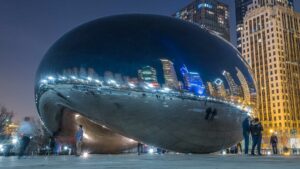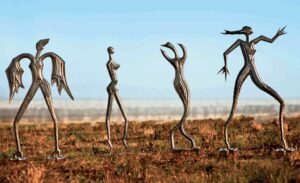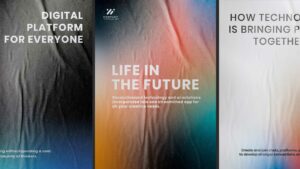What the reader will learn:
- The historical context and influences that gave rise to modern art
- The key movements, styles, and artists of modern art
- The defining characteristics and themes of modern art
- The impact of World War I on modern art
- The development of modern art in the United States
- The transition from modern art to postmodern art
- Information about The Metropolitan Museum of Art and its collections of modern art
Key points:
- Modern art emerged during the late 19th to mid-20th century as a response to societal changes, technological advancements, and a desire for artistic innovation.
- Influential movements and artists of modern art include Impressionism, Expressionism, Cubism, Fauvism, Dadaism, Surrealism, Picasso, Kandinsky, Dalí, and Duchamp.
- Modern art is characterized by experimentation, rejection of traditional conventions, and exploration of new materials and techniques.
- World War I had a profound impact on modern art, leading to the emergence of movements like Dadaism and Surrealism.
- The United States played a significant role in the development of modern art post-World War II, with Abstract Expressionism, Pop Art, and Minimalism being prominent movements.
- Postmodern art emerged as a reaction against modernism, challenging grand narratives and embracing cultural relativism and hybridity.
- The Metropolitan Museum of Art (The Met) is a prominent institution showcasing modern art, with permanent collections, galleries, and current exhibitions available for exploration.
What is the history of modern art? How did it evolve and shape the art world? In this article, we will explore the dynamic and influential movement of modern art, which has challenged traditional artistic styles and conventions for over a century. From the 1860s to the 1970s, modern art revolutionized artistic expression, pushing the boundaries of creativity and redefining the art world.
Origins and Influences
To understand the emergence of modern art, we must delve into the historical context that gave rise to this revolutionary movement. The industrial revolution, urbanization, and technological advancements played significant roles in shaping the artistic landscape of the time.
The industrial revolution brought about profound changes in society, economy, and culture. With the advent of machinery and mass production, traditional artistic practices began to shift. Artists sought new ways to capture the changing world around them and express their unique perspectives.
Urbanization also played a crucial role in shaping modern art. As cities grew and societies became more diverse, artists found themselves exposed to a multitude of perspectives, cultures, and experiences. This exposure fueled their desire to break free from the constraints of traditional artistic representation and explore new artistic forms.
Technological advancements, particularly in photography, had a profound influence on modern art. The invention of the camera freed artists from the burden of literal representation, allowing them to experiment with different ways of seeing and interpreting the world. This newfound freedom paved the way for the development of abstract and experimental approaches in art.
Key Movements and Art Styles
Modern art encompasses a wide range of movements and art styles that have shaped its rich history. Each movement and style brought its own unique contribution to the development of modern art. Let’s explore some of the most influential ones:
1. Impressionism
Impressionism emerged in the late 19th century and marked a departure from traditional artistic techniques. Artists such as Claude Monet and Pierre-Auguste Renoir sought to capture the fleeting effects of light and atmosphere in their paintings. This movement embraced loose brushwork, vibrant colors, and the depiction of everyday life. Impressionism challenged the notion of precise representation and emphasized the artist’s subjective experience.
2. Expressionism
Expressionism focused on the expression of subjective emotions and psychological states. Artists including Edvard Munch and Egon Schiele sought to convey their inner turmoil and explore the depths of human emotion. Expressionist works often featured distorted figures, bold colors, and a raw intensity. This movement rejected the notion of objective reality and delved into the complexities of the human psyche.
3. Cubism
Cubism, pioneered by Pablo Picasso and Georges Braque, revolutionized artistic representation by exploring multiple perspectives and geometric forms. Cubist artworks depicted objects and figures from various angles simultaneously, breaking them down into fragmented shapes. This movement challenged traditional notions of perspective and paved the way for the development of abstract art.
4. Fauvism
Fauvism, led by Henri Matisse and André Derain, embraced vibrant colors and bold brushstrokes. Fauvist artists used color expressively, often employing intense and non-naturalistic hues to convey emotion and energy. This movement celebrated the pure joy of color and rejected the constraints of realistic representation.
5. Dadaism
Dadaism emerged as a response to the chaos and absurdity of World War I. Artists such as Marcel Duchamp and Hannah Höch rejected traditional artistic norms and embraced the irrational and nonsensical. Dadaist artworks often employed collage, readymades, and performance art to challenge societal values and question the role of art in a turbulent world.
6. Surrealism
Surrealism sought to explore the unconscious mind and the world of dreams. Artists like Salvador Dalí and René Magritte created enigmatic and dreamlike imagery that defied rationality. Surrealist artworks often combined unexpected elements and juxtaposed unrelated objects, inviting viewers to delve into the depths of their own subconscious.
Influential Artists of the Era
The era of modern art produced numerous influential artists who left an indelible mark on the art world. Let’s take a closer look at some of these visionaries and their contributions:
1. Picasso
Pablo Picasso is undoubtedly one of the most revolutionary figures in modern art history. His transformative work and role in the development of Cubism propelled him to the forefront of the art world. Picasso’s innovative approach to art challenged traditional notions of representation and perspective, forever changing the course of artistic expression.
2. Kandinsky
Wassily Kandinsky is often regarded as the pioneer of abstract art. His bold use of color, geometric forms, and non-representational imagery pushed the boundaries of artistic expression. Kandinsky believed in the power of art to evoke emotion and spiritual transcendence, paving the way for future abstract artists.
3. Dalí
Salvador Dalí’s surrealistic masterpieces captivated audiences with their bizarre and dreamlike imagery. His exploration of the subconscious mind and his ability to translate dreams into visual art made him an iconic figure in modern art. Dalí’s artworks continue to challenge conventional understanding and inspire new generations of artists.
4. Duchamp
Marcel Duchamp revolutionized the art world with his concept of the readymade. By presenting everyday objects as works of art, Duchamp challenged established notions of artistic skill and craftsmanship. His conceptual approach paved the way for the development of conceptual art, where the idea behind the artwork holds primary importance.
Characteristics and Themes
Modern art is characterized by several defining features that set it apart from traditional art forms. These characteristics contribute to the dynamic and innovative nature of modern art. Let’s explore them:
1. Emphasis on Experimentation and Innovation
Modern art is driven by a spirit of experimentation and a constant search for new artistic possibilities. Artists of this era were not afraid to push boundaries, challenge conventions, and explore novel materials and techniques. This relentless pursuit of innovation has helped modern art evolve and adapt to the changing times.
2. Rejection of Traditional Artistic Conventions
Modern art rebels against the strictures of traditional artistic norms and conventions. Artists sought to break free from the constraints of realism and classical representation, embracing new forms of expression. This rejection of tradition gave rise to a multitude of artistic styles and movements that continue to shape contemporary art.
3. Exploration of New Materials and Techniques
Modern artists embraced new materials and techniques that were made available through technological advancements. From the use of photography to the incorporation of industrial materials, modern art expanded the possibilities of artistic creation. Artists were no longer bound by traditional mediums, allowing them to experiment and create art in innovative ways.
Impact of World War I
World War I had a profound impact on modern art, both in terms of artistic expression and the questioning of societal values. The devastation and trauma of the war pushed artists to respond in unconventional ways, leading to the emergence of new artistic movements and styles.
1. Artists’ Response to the Devastation and Trauma of War
World War I left scars on society and individuals alike. Artists, deeply affected by the horrors of war, sought to express their experiences and emotions through their art. The trauma of war fueled a sense of urgency and a desire to challenge established norms, leading to the development of avant-garde movements.
2. Challenging of Traditional Artistic Expression and Societal Values
The collective trauma of World War I caused a rupture in traditional artistic expression. Artists began to question the established order and societal values, seeking new ways to represent the realities of the post-war world. This period of upheaval and introspection led to the birth of movements like Dadaism and Surrealism.
Case Study: The Impact of World War I on Modern Art
During World War I, the world was engulfed in a devastating conflict that impacted society, including the art world. One artist who experienced the trauma of war firsthand and channeled it into his work was Paul, a French painter.
Paul was a young artist when the war broke out, and like many others, he felt a deep sense of duty to serve his country. He enlisted in the army and was soon sent to the front lines. The horrors of war were unlike anything he had ever imagined. Witnessing the destruction, the loss of life, and the physical and emotional toll it took on those involved left him deeply shaken.
After surviving the war and returning home, Paul found it difficult to express the magnitude of his experiences through traditional artistic forms. He felt that the conventional methods of representation could not capture the true essence of the war and its aftermath. This led him to experiment with new techniques and styles, pushing the boundaries of artistic expression.
Paul’s art became a reflection of the chaos, despair, and disillusionment that he and many others felt after the war. He embraced the principles of Dadaism, an artistic movement that rejected traditional norms and embraced the absurd. Through his work, he sought to convey the futility of war and challenge societal values that had led to such devastation.
One of Paul’s most powerful pieces was a sculpture titled “Broken Dreams.” Made from fragments of war debris, the sculpture represented the shattered hopes and dreams of a generation that the war had destroyed. Its fragmented form and distorted shapes symbolized the disintegration of traditional values and the need for a new way of thinking.
Paul’s work, along with that of other artists who had experienced the war firsthand, played a significant role in shaping the direction of modern art. Their exploration of new artistic techniques and their rejection of traditional conventions paved the way for the emergence of new movements and styles in the post-war era.
Through artists like Paul, we can see how World War I profoundly impacted modern art’s evolution. Their personal experiences and their desire to express the trauma and disillusionment they had witnessed led to a paradigm shift in artistic expression. The legacy of their work continues to influence contemporary artistic practices and serves as a reminder of the enduring power of art to reflect the world we live in.
Modern Art in the United States
The impact of modern art extended beyond Europe and found fertile ground in the United States. Post-World War II, American artists embraced and further developed the ideas and styles of their European counterparts.
1. Influence of European Art Movements and Artists on American Art
European art movements, such as Abstract Expressionism and Pop Art, exerted a significant influence on American art. American artists, inspired by the freedom and experimentation of their European counterparts, brought their own unique perspectives and experiences to the forefront, further enriching the world of modern art.
2. Rise of Abstract Expressionism
Abstract Expressionism emerged as a dominant force in the American art scene after World War II. Artists like Jackson Pollock and Mark Rothko sought to convey their inner emotions and experiences through their large-scale, gestural paintings. Abstract Expressionism emphasized individual expression and the spontaneous act of creation, fostering a new era of artistic freedom.
3. Pop Art
Pop Art, spearheaded by artists like Andy Warhol and Roy Lichtenstein, embraced popular culture and consumerism as artistic subjects. This movement incorporated imagery from mass media, advertising, and everyday objects, blurring the line between high and low art. Pop Art challenged traditional notions of artistic hierarchy and brought art closer to everyday life.
In conclusion, the evolution of modern art is a complex and multifaceted journey that spans over a century. It has been shaped by historical, social, and technological changes, as well as the creative vision and innovation of countless artists. From Impressionism to Pop Art, modern art continues to push boundaries, challenge conventions, and inspire new generations of artists to explore the limitless possibilities of artistic expression.

